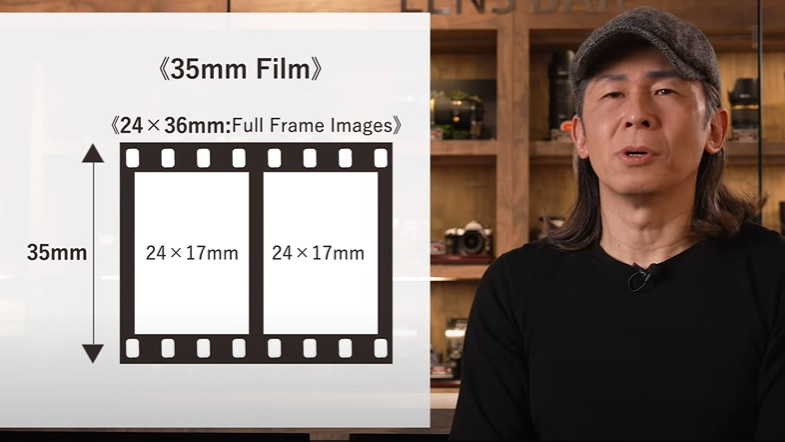Pentax's new film camera will be half-frame, designed for vertical shooting. BUT WHY?
It's been revealed that the new Pentax film camera will be half-frame… what a waste!

So if you have been following the Pentax Film Project – the brand's eagerly anticipated revival of film cameras – you would have noticed that it now has a dedicated Instagram channel. It shared a significant update on what this new film camera might look like and how it will function, and it has left this dedicated film shooter devastated – and I will guess I won't be alone, either!
In the latest YouTube update (see video below) Takeo Suzuki, project designer and planner, explains that the new Pentax camera will be optimized for vertical shooting. This is apparently because the target audience of young photographers is always looking at their phones, taking images vertically, so this camera will be able to fit into their workflow and become a cohesive part of their social media uploads.
But there is another reason why Pentax has chosen a vertical operation over a traditional horizontal one, and this one feature has changed my mind about the whole project.
Suzuki explains that the high cost involved with film – first the purchase of it, being more expensive than it ever was, then the development – the new Pentax film camera will adopt a half-frame format. This means that you will get two images on one frame of 35mm – and that's where I personally lose interest.
Why build a new camera, which could cost a fair bit of money due to its "start-from-scratch" development with a film advance lever and mechanical engineering, for it to be a worse experience than a cheap full-frame SLR from eBay for $25?
The logic doesn't make sense to me at all! I understand, for example, that shooting color is a lot more expensive than shooting black-and-white, and the user will get 72 images from a traditional 36-exposure roll (or 48 images on a 24-exposure roll). But if you don't develop at home, you're still going to have to pay for developing the film, and shipping, then digitizing it – all for a worse and "lower-res" experience.
Also, might I point out that this will be the very first time Pentax has launched a half-frame camera – all those decades of producing some of the best film cameras wasted on half-frame… Wow, I just don't get it.
The best camera deals, reviews, product advice, and unmissable photography news, direct to your inbox!
Something of note in Suzuki's presentation was that Pentax is going to incorporate its electronic shutter into this new film camera, along with electronic "fail-safes" to help new photographers capture better exposures and to try to stop totally black or pure white negatives due to over and underexposure. Which I will say is a nice touch, but I still question how much this new camera will be with this tech inside.
While it will have the option to manually control the shutter and aperture, one control that won't be fully manual is focusing, as Pentax will use a pre-select zone focus system – much like we saw on point-and-shoot cameras from the Eighties and Nineties. But fear not, it will have a manual film advance lever and will also feature a manual film rewind crank.
While I disagree with this format choice, I do like to hear that film is here to stay and that there are other brands taking film photography seriously again other than Leica or Lomography. So, what do you think about this format choice – am I right, or am I wrong?
Whether you're a fan of half-frame or not, make sure you use the best 35mm film to get the best results.

For nearly two decades Sebastian's work has been published internationally. Originally specializing in Equestrianism, his visuals have been used by the leading names in the equestrian industry such as The Fédération Equestre Internationale (FEI), The Jockey Club, Horse & Hound, and many more for various advertising campaigns, books, and pre/post-event highlights.
He is a Fellow of the Royal Society of Arts, holds a Foundation Degree in Equitation Science, and holds a Master of Arts in Publishing. He is a member of Nikon NPS and has been a Nikon user since his film days using a Nikon F5. He saw the digital transition with Nikon's D series cameras and is still, to this day, the youngest member to be elected into BEWA, the British Equestrian Writers' Association.
He is familiar with and shows great interest in 35mm, medium, and large-format photography, using products by Leica, Phase One, Hasselblad, Alpa, and Sinar. Sebastian has also used many cinema cameras from Sony, RED, ARRI, and everything in between. He now spends his spare time using his trusted Leica M-E or Leica M2, shooting Street/Documentary photography as he sees it, usually in Black and White.


